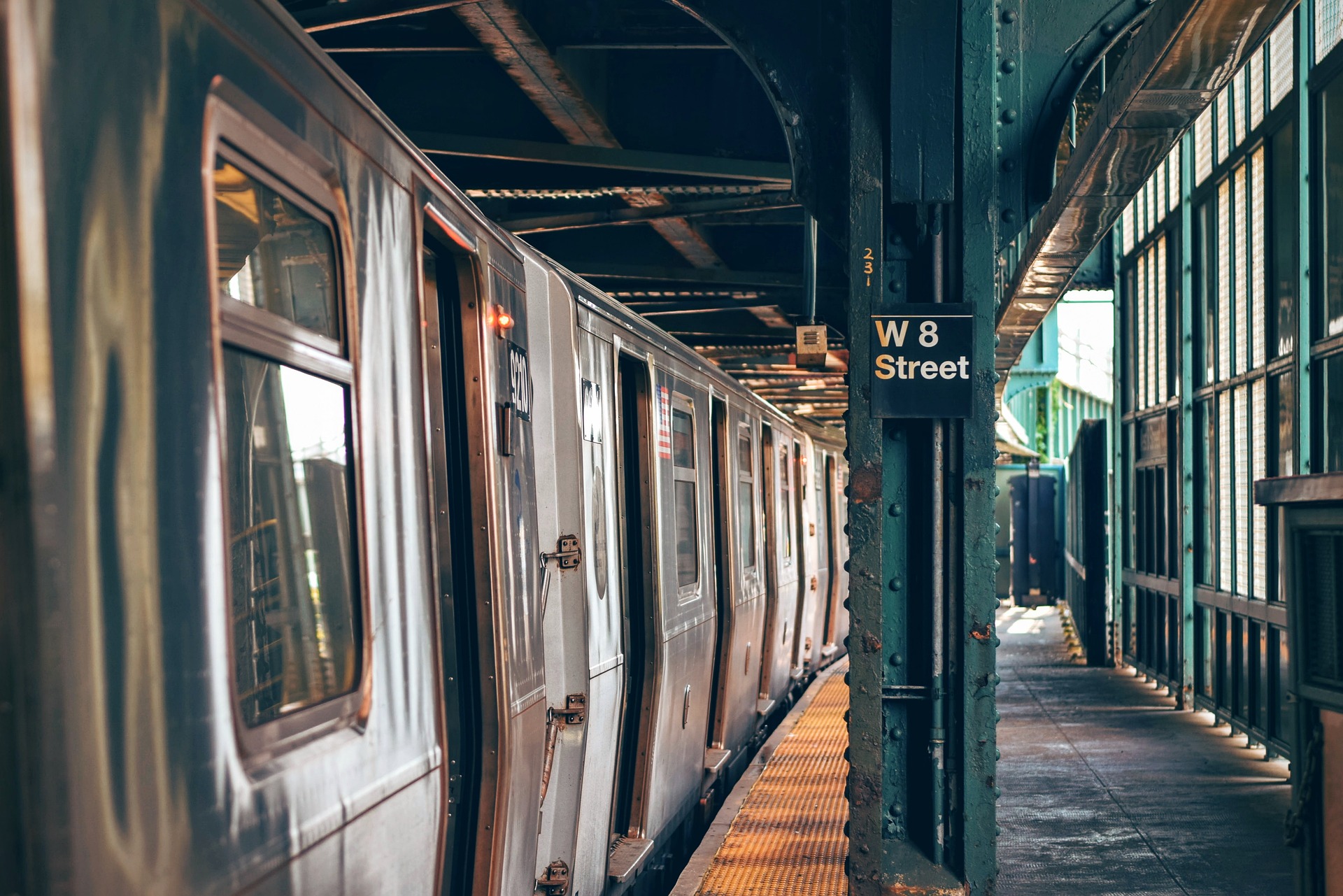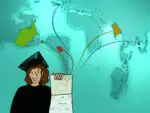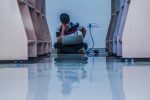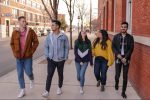For the majority of Americans, stepping outside of one’s home can lead to a stark realization — cities are built for cars, not for the people who live in them. Granted, this isn’t necessarily the first thing people think about, but it is an overarching theme demonstrated through everyone’s daily motions, even if they don’t realize it.
There are obstacles everywhere that make the use of motor vehicles a necessity. The grocers and other stores are miles and miles apart, people are forced to find jobs in cities that they don’t even reside in just to make ends meet and easy travel to medical and emergency support is out of the question. As depression rates rise, even the ability to take a walk to a local park has sharply declined. While it is entirely unrealistic to suggest shrinking the scale of civilization, there are a number of things that can be done to minimize the impacts of suburban sprawl and to create a more satisfying, natural environment for everyone to enjoy. Most importantly, public transport such as buses, trains and subways should not only be entirely free but considered a human right as well.
Suburban Sprawl Defies Human Nature
Suburban sprawl, also known as urban sprawl, is a term used to describe the expansion of cities, housing and other infrastructure into large expanses of land — often rural areas. There are various immediate consequences associated with suburban sprawl. For instance, it commonly results in increased pollution and traffic. Anyone who has traveled through rush hour traffic in a major city can attest to this specific measure of the damage suburban sprawl presents.
Beyond that, as cities claw their way outwards and upwards, it becomes harder to navigate within one’s own city. Childhood neighborhoods and paths become paved over, making room for miles of new roads. The cities are now places that cater more to automobile travel than the humans walking and living within them. The average American will drive an average of 27 minutes one way, just to get to work. With the 27 minutes back and any other miscellaneous travel, someone can spend over an hour of their precious time within the confines of their car daily.
However, despite the tendency of modernized cities to favor cars, it is estimated that approximately 9% of American households own no car or other independent form of transportation. Simultaneously, around 30% of pollution worldwide comes as a result of transportation vehicles. That’s nearly a third of global pollution caused by driving a vehicle daily. Suburban sprawl is both necessitating the use of cars — which create pollution — as well as contributing to demolishing agricultural land, furthering institutionalized issues like poverty and global warming.
While these numbers are staggering on their own, they don’t even begin to take into account the fact that at our core, humans adore exploration. Many scholars argue that the true nature of human beings is nomadism, not a static life. The lack of walkable cities has turned many communities into cages; effectively fueling depression, anxiety and general disconnect. Many members of the younger generations find it shocking that the basic exercise of taking a walk can do wonders for mental health. It seems like common sense that sunlight, movement and nature are all very healing for our emotional and physical health. Yet, towering apartment complexes and industrial highways destroy the opportunity for many people to walk regularly, and trips to the grocery store for a few items by foot are nearly impossible.
Benefits of Walkable and Easy-To-Travel Cities
Many members of younger generations express significant distaste at the fact that some of their cities are impossible to navigate without a car. The efforts of cities to make themselves more walkable ring brilliantly. Cities that remain walkable and easy to navigate are clearly more favorable than cities built for industrial capitalism.
One advantage of cities with convenient walking distances is the opportunity for simple exercise. Cities with businesses closer to housing and public transport allow residents to take a stroll to their local grocery store, pharmacy, school or work without ever needing a car. Studies show that even just three 10-30 minute walks a week can be beneficial to mental and physical health. Naturally, this allows people to be physically closer to each other and community resources, which can then contribute to a greater sense of community and belonging. Easy access to other people and social opportunities is known to ease the symptoms of depression. Furthermore, emphasizing the importance of walkable cities and accessible, free public transport could be valuable in diminishing the staggering 9 of 10 teens likely to report mental health issues.
What’s more, cities that are easier to navigate without cars have healthier communities. Outside of the obvious exercise component, if residents can walk to clinics, food pantries and other valuable resources — negating the appallingly high cost of a short ambulance ride, healthcare, food and other necessities — survival will be more accessible to the general public. This also more directly aligns with humanity’s nomadic nature, and it goes without saying that this would improve pollution issues as well.
Free Public Transport Should Be a Right
Considering that city infrastructure is rapidly growing, free public transport such as buses, subways and trains should be considered a basic human right, much like food, clothing and shelter. It is not necessarily possible, affordable or simple to restructure cities that have already been built in a vehicle’s favor. This makes access to free public transport vital. Public transport that has routes running through all major areas in a city will naturally connect people to each other and the other resources they need to survive and thrive. Additionally, walking to bus stops serves as daily exercise and exposure to sunlight, while increased public transport reduces the amount of pollution produced by individual commutes.
Access to free public transport would holistically increase the success of cities and civilization. For instance, a cost-free bus running from residential areas to the public library would result in a more connected and educated population, eventually leading to a decrease in poverty.
The only thing that would prevent free public transport from being a reality is the cost of maintaining things like buses and paying employees; this a problem that is easily mitigated, however. In New York, moderate sales tax increases were passed on ballots to assist in the funding of public transport. Money from federal funding, organizational funding and donations are all relatively simple to funnel into a project like this — as already demonstrated by many cities across the United States. Regardless of the exact source of the money, the average bus fare of $1.50 to $3.00 can undoubtedly be made up in other areas. Poorer communities, where high concentrations of marginalized and impoverished people reside, could then use that money to focus on anything other than how to get to work on time.
Those who reside in cities where public transport is now free can attest to the fact that it is an objective societal improvement. Connecting individuals to each other and the resources they need should not be blocked by a paywall; it should be free for all to access regardless of circumstance. America has rolled cities out further and further and placed the movement of cars above the movement of people. It’s time to start prioritizing human life in city planning and ensuring that everyone has access to the things they need.

















